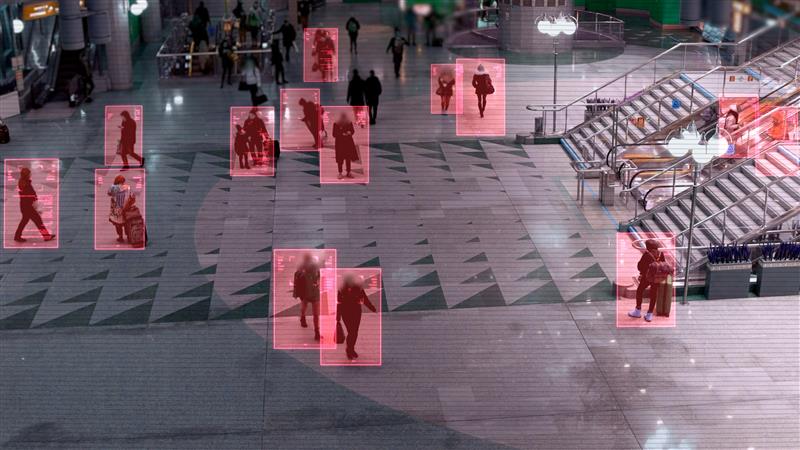
AI surveillance software is turning city streets into intelligent command centers, utilizing Internet of Things (IoT) networks and machine learning to monitor traffic, forecast disturbances, and identify individuals through facial recognition.
The foundation of modern smart cities is now information. With AI for video surveillance, city planners are embedding analytics in streetlights, traffic lights, and cameras on buildings.
Software for Facial Recognition
Human activity can be detected through vast webs in addition to glitches and even forecast events before they occur. From monitoring traffic to alerting governments to public disturbances, AI monitoring systems are advancing how cities function.
But AI surveillance software poses serious questions. When cameras are everywhere and algorithms are watching all the time, who oversees what they watch? How do citizens consent to being watched all the time by unseen systems?
The most controversial level of AI-powered cities is within facial recognition access control that tracks and identify individuals through multiple camera networks. Governments support these systems to prevent crime, locate missing individuals, and streamline access controls.
Critics say these tools can perpetuate systemic discrimination and overreach since it leads to wrongful arrests and misidentifications.
Surveillance is evolving as governments and developers come on board with advanced facial recognition software, making the technology proactive, not reactive. AI is not just watching but also interpreting because algorithms can analyze patterns of action to forecast probable events or identify “suspicious” movements in real-time.
This predictive ability is referred to as a game-changer for emergency response and law enforcement effectiveness. But privacy activists insist it opens the door to algorithmic policing, in which suspicion is automated, and insidious bias is built into public safety systems. AI surveillance technologies are often implemented without the consent of citizens or clearly communicated boundaries for data preservation.
Complemented by smart city surveillance, the technology has the potential to provide officials with unlimited access to people’s behavioral data, blurring the line between city surveillance and social supervision.
Predictive Policing Is an Ethical Challenge
The next frontier of AI security surveillance software is predictive policing. Dubai, Singapore, and many other smart cities are testing systems that map crime flows and citizen movement to anticipate crimes before they occur.
But predictive systems rely on flawed data that exaggerate bias. When AI in facial recognition is trained on biased data sets, it can have the ability to flag up some groups as higher crime-risk targets. Leading to an ethical dilemma.
Can predictive systems actually make cities safer, or do they simply automate discrimination in a digital form? In fact, despite promising safety, automating discrimination is still faster than delivering security.
Cybersecurity Fault Line
IoT and monitoring AI integration introduced a tremendous attack surface, with any camera or sensor linked to it can be an access point for an attacker. Growing threats are like data poisoning, where attackers corrupt AI models to manipulate outputs, and model theft, where competitors steal guarded algorithms.
A compromised AI monitoring system could disrupt transport, or emerging services turning smart infrastructure into a burden. To prevent this, governments are supporting security AI surveillance software with encryption, AI audits, and ethical oversight to preserve both innovation and public trust.
The time of smart surveillance software is unavoidable, but regulation will decide whether smart cities benefit citizens, rather than monitor them. Transparency, explainable AI, and strong regulatory boundaries are no longer desirable, but imperative.
Inside Telecom provides you with an extensive list of content covering all aspects of the tech industry. Keep an eye on our Tech sections to stay informed and up-to-date with our daily articles.